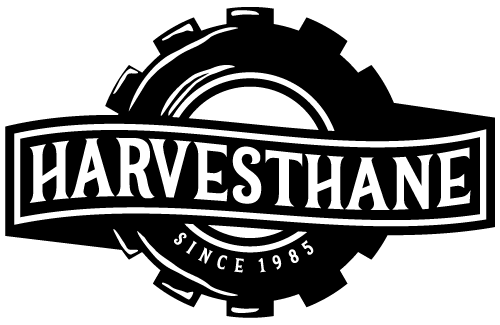Written By: Tony Lukas
Material Properties
Millable urethane rubber is available in hardnesses ranging from approximately 30A-90A. While castable urethanes cover this range, they also can be formulated slightly lower and significantly higher. In the range of 30A-70A, millable urethane rubber has superior physical properties to castable urethane, primarily tensile and abrasion resistance. At these lower hardnesses, millable urethane takes advantage of reinforcing fillers to build strength while castable urethanes often need to be plasticized to reach durometer readings below 55A. Once the hardness gets above 70A, and up to 75D, the tensile values of castable urethane start to catch up and surpass millable urethane. This can also translate into increased load bearing properties and superior abrasion resistance with castable urethane.
If color is part of the design, it can be much easier to pigment castable urethane with no loss of properties. When millable urethane is colored, it prohibits the use of carbon black which is one of the most effective reinforcing fillers, so a balance of color and physical properties must be achieved. Cost is also one other thing to consider. Castable urethane compounds are typically less than half the cost of millable urethane compounds. In either case, if compression set and/or rebound is important in the part design, the compound should be formulated to optimize these properties. It is also possible in either base material to formulate compounds that are FDA compliant. Heat resistance and fluid resistance properties are similar from millable urethane to cast urethane.
Processing
Millable urethane rubber is compatible with all traditional molding processes – compression, transfer, or injection. Steel molds are typically required and cycle times can be short, which is a big benefit as the annual volume begins to rise. These molding methods also lead to parts with little excess material, or flash, that can be cryogenically deflashed in large batch sizes. Steel molds also tend to be durable for the long-term over a large number of cycles. Castable urethane allows more options in building the molds. Complex shapes can be integrated in less expensive aluminum molds. It is not necessary to design a part that can be pulled directly out of the mold. Molds can be disassembled in multiple directions to allow for part removal, although changeover time can be extended.
Castable urethanes can be cured in ovens or on hot tables, making it much more feasible to mold large parts. If materials with extended processing time can be used, it is possible to run with a hand-mixing and hand-pouring method. If processing time does not allow for hand-pouring, a complex and expensive processing machine is necessary. Cast urethane parts typically have some extra sacrificial material that must be removed by hand-trimming or machining. For small parts that will be molded in higher quantities, it may be feasible to mold cast urethane in a compression process to reduce the required trimming or machining. In either case of material selection, urethanes can effectively be molded over metal (or other) inserts with resulting high bond strength.
Both millable gum and cast polyurethane are exceptional materials. Their applications are numerous. Just a few millable gum applications are tires, bumpers, grippers, drive rollers, isolators, and feed dogs. Cast urethane is excellent for housings, foot pads, rollers, couplings, piston cups, seals, deflectors, ball valves, sprues, supports, wipers, wear pads and more. Be sure to include your processor in choosing the correct material for your application and in the design of your part.




